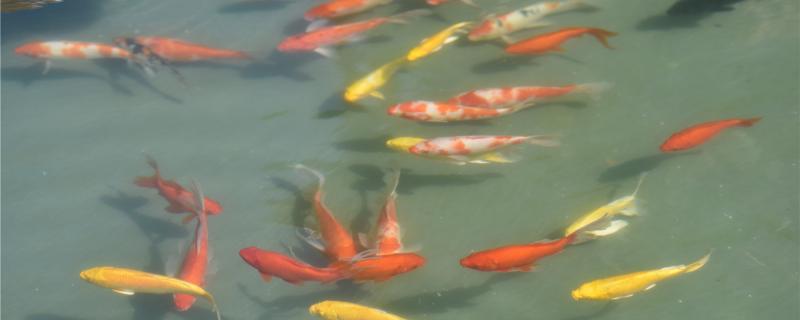 1. How to treat white spots on koi fish
1. How to treat white spots on koi fish There are white spots on koi fish, which need to be heated immediately and kept above 25 ℃. This disease is called white spot disease, and its pathogen is a parasite called small melon worm, which is generally parasitic on fish tails and other parts, and white vesicles will appear after infection. Because this parasite is afraid of high temperature, it can be eliminated as long as it is found early and properly heated to avoid the deterioration of the disease. If it is found late, it should be soaked with medicine.
2. How to prevent koi white spot disease1. Keep water temperature: To prevent white spot disease, the best way is to keep water temperature. As mentioned above, small melon worms have poor tolerance to high temperature, so by keeping high water temperature, they can play a very good preventive effect, and high temperature can also accelerate the metabolism of fish and improve its resistance.
2. Changing water regularly: Changing water regularly can not only maintain water quality, but also help fish's health. It is usually changed every five to seven days, and it can be changed by one quarter or one fifth at a time. Too much change will also cause certain stimulation to fish. In addition, it should be noted that the temperature should be consistent before and after changing water.
3. Pay attention to disinfection: If fish are not sick, they generally do not need disinfection. Improper use of drugs may cause phytotoxicity. However, anything entering the fish tank must be disinfected first, especially when new fish enter the tank, if it is not disinfected, it is very likely to bring in parasites and cause the fish in the tank to get sick.